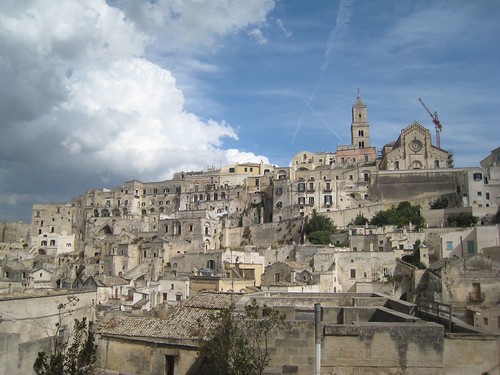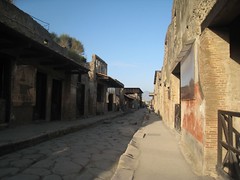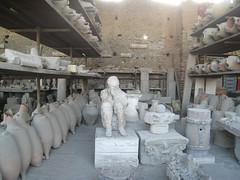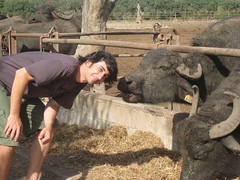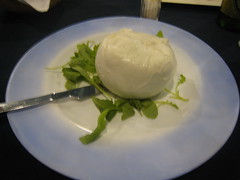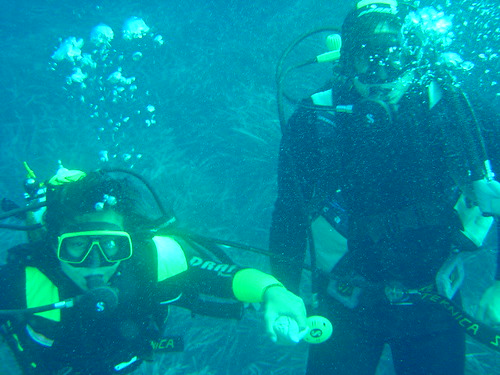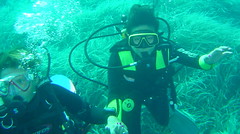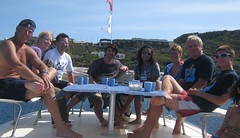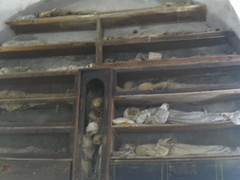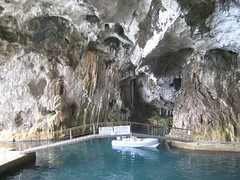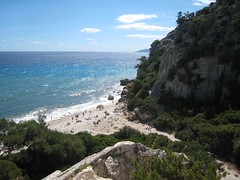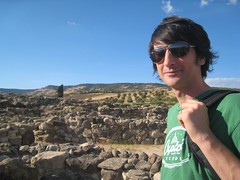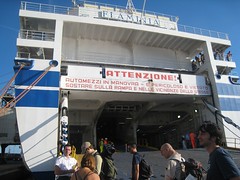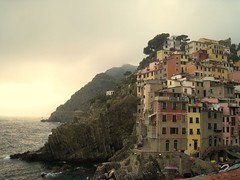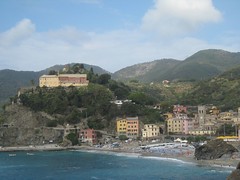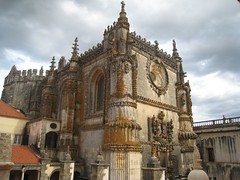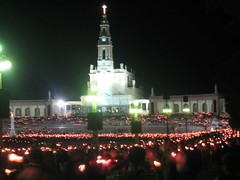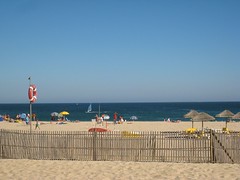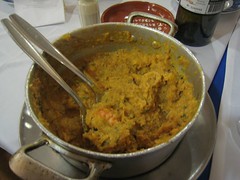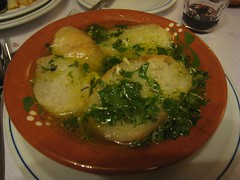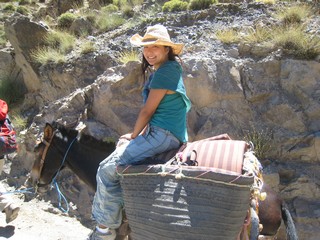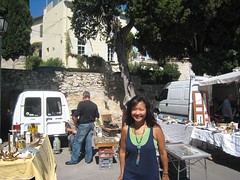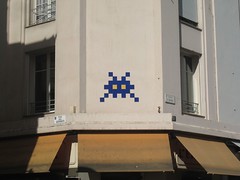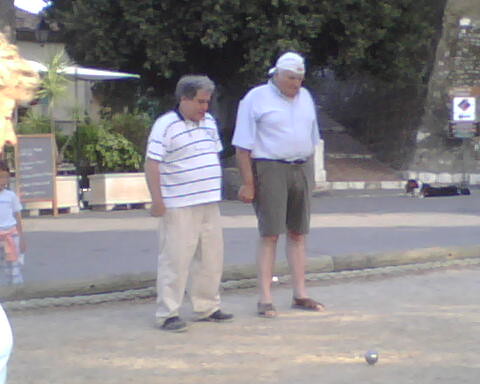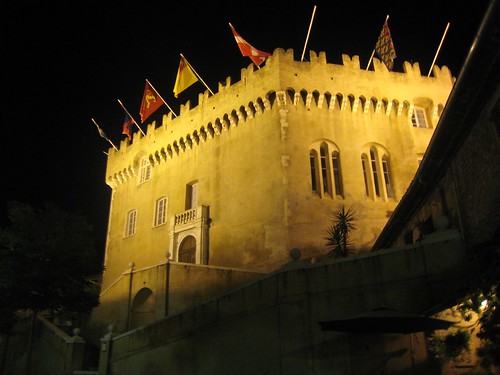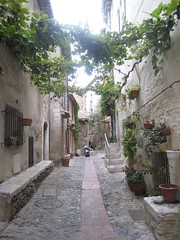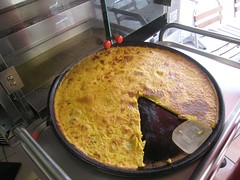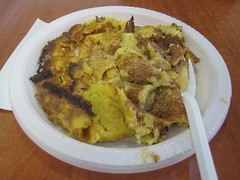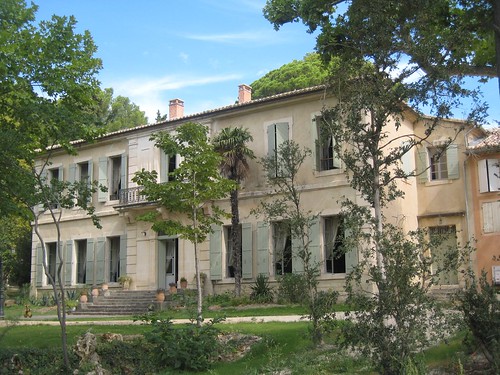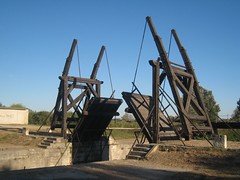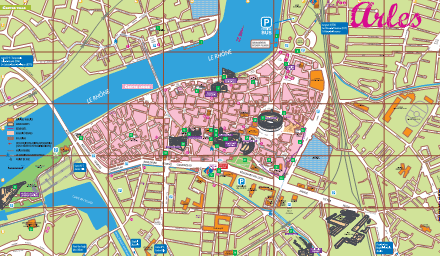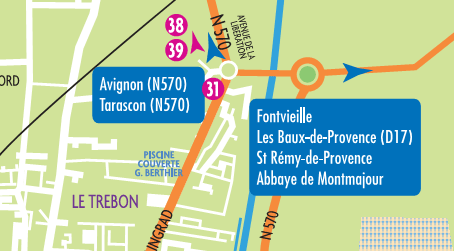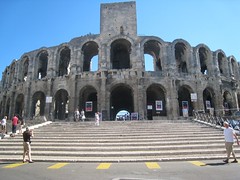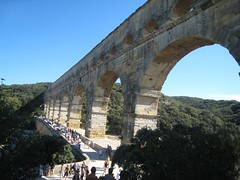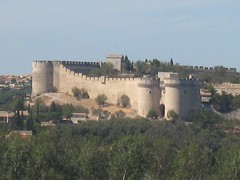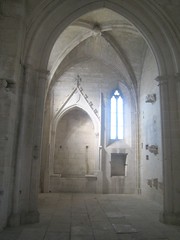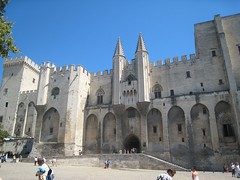We heard about the towns Matera and Alberobello three weeks ago while flying from Marseille, France to Porto, Portugal. The complimentary magazine provided by Ryan Air mentioned these two cities as “must see” places. We figured, why not.
So after the Amalfi Coast, Pompei and our trip to visit the water buffalo, our first stop was to check out the Sassi homes in Matera. Apparently, the first inhabitants of Matera (and Italy) date back to the Neolithic era, sometime around 5000BC. These settlers lived in caves and were the first to begin farming with copper tools.
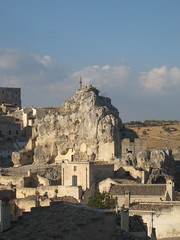 Interesting as that might sound, this is not why we drove to Matera. We came to check out the more modern Sassi (which means “stone”) houses. These houses were carved into the tufaceous rock, and built literally on top of each other. The roofs of some houses became the road over head for another house. In the 1950’s the Italian government declared the Sassi were an embarassment to the country due to the poor living conditions. These days though, the Sassi are experiencing a revitalization. UNESCO declared the old town a world heritage site, the government stepped in with financing, tourism began flooding in, and many movies were filmed here giving the town international acclaim.
Interesting as that might sound, this is not why we drove to Matera. We came to check out the more modern Sassi (which means “stone”) houses. These houses were carved into the tufaceous rock, and built literally on top of each other. The roofs of some houses became the road over head for another house. In the 1950’s the Italian government declared the Sassi were an embarassment to the country due to the poor living conditions. These days though, the Sassi are experiencing a revitalization. UNESCO declared the old town a world heritage site, the government stepped in with financing, tourism began flooding in, and many movies were filmed here giving the town international acclaim.
As we were driving into the city limits of Matera to check out the Sassi houses, things didn’t look any different than any other modern Italian city we’d been to. Wondering where these homes we’re hiding, we kept driving through the city. Just one turn, and it was like walking back in time. The view was spectacular. I doubt we captured the full sentiment on digital. Mel Gibson’s controversial movie, The Passion of Christ, was filmed here. Maybe his cinematographer got the shot, in which case you can rent the movie to see more of the Sassi homes.
